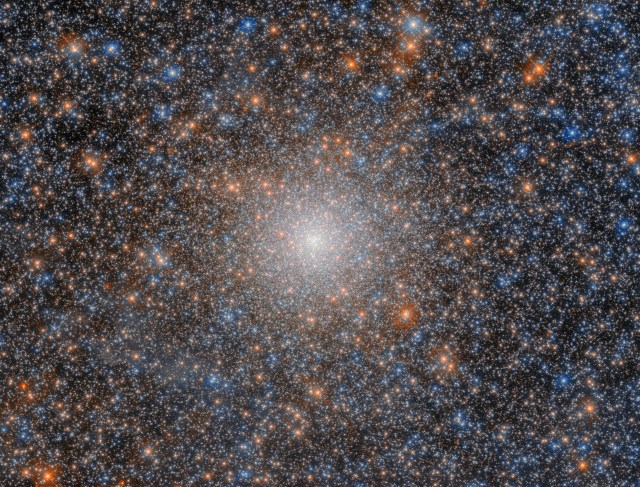In a remarkable discovery, NASA/ESA Hubble Space Telescope captured an image of the globular cluster NGC 2005, which is situated about 750 light-years away from the center of the Large Magellanic Cloud (LMC). Unlike other globular clusters, NGC 2005 stands out due to its location within the Milky Way’s largest satellite galaxy, the LMC.
Globular clusters are dense collections of stars that can contain tens of thousands or even millions of stars. Their tight packing results in strong gravitational binding, making them stable and long-lasting structures. It is not uncommon for globular clusters to be billions of years old, with many of their stars being ancient.
Studying globular clusters in space provides astronomers with a wealth of information about ancient stars and their characteristics. By examining these star clusters, scientists can gain insights into the evolution and composition of stars within our universe. The similarities between studying globular clusters in space and studying fossils on Earth highlight this fascinating field of research as it sheds light on both the history and future of our universe.



